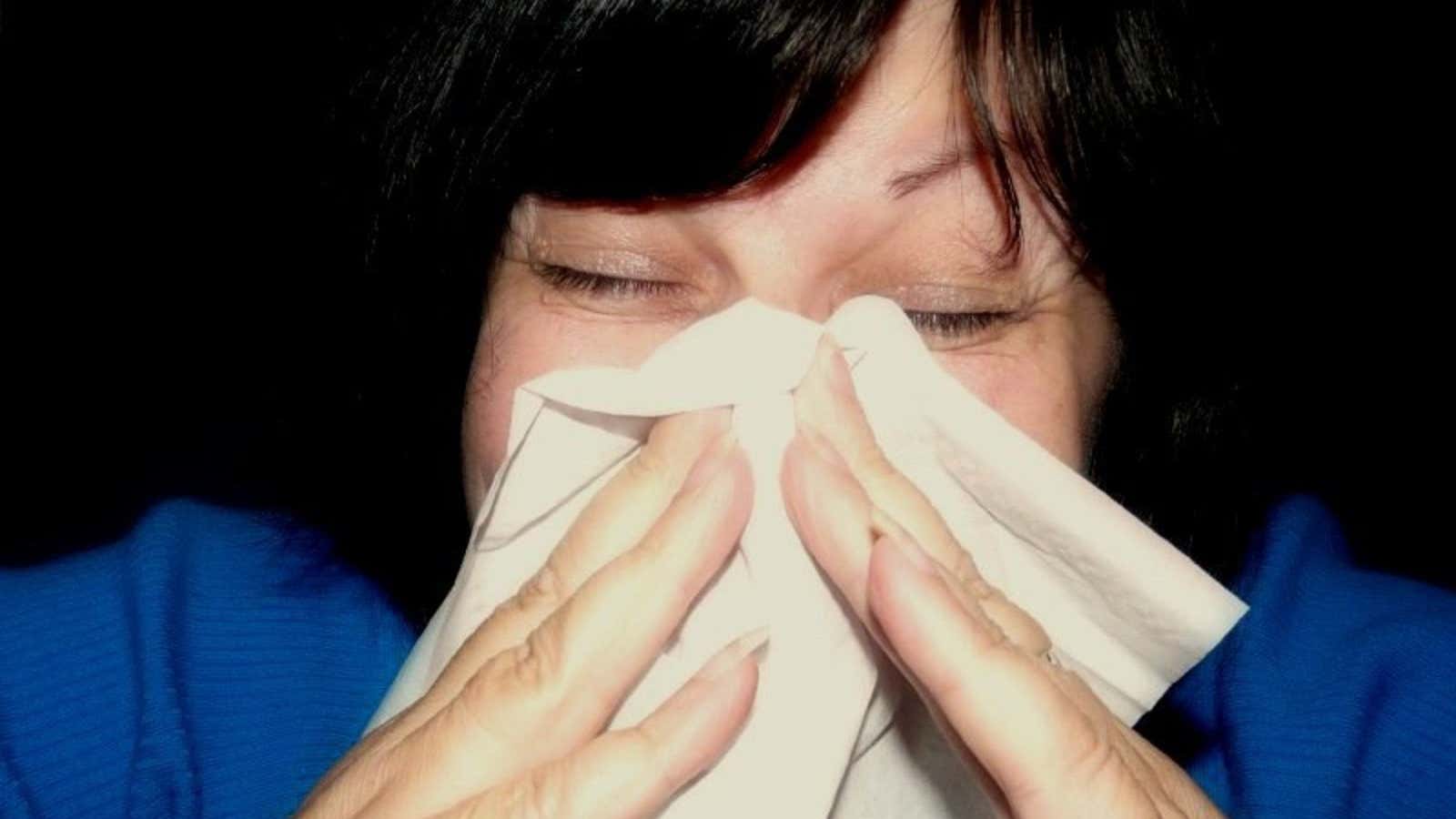A vast majority of American parents employ useless methods, many of them passed down from previous generations and not backed by science, to try and protect their kids from catching the common cold.
Researchers at the University of Michigan’s C.S. Mott Children’s Hospital commissioned a nationally-representative survey of 1,119 American parents who have at least one child between 5 and 12 years old to learn more about what they do to prevent colds in their home. The good news is virtually all the parents, 99%, said their approach involves encouraging habits to develop good personal hygiene, a practice backed up by a solid body of scientific evidence. Another method rooted well-enough in scientific common sense, avoiding people already sick with the cold, is widely used: 87% of parents reported using this approach.
But then there are the 70% of parents who incorporate what amounts to unscientific fantasy as a line of defense. This includes warning kids to not go outside with wet hair, telling children to not go outside at all, and conversely, telling kids to spend more time outdoors.
Just over 50% of parents responded saying they give their children over-the-counter supplements, such as Vitamin C, zinc, and echinacea—none of which have scientific backing( zinc has been shown to shorten the duration of a cold, but not prevent one). The makers of such supplements are notorious for advertising health benefits that aren’t at all based in science.
Such folklore strategies likely started during times before people knew that microorganisms were the cause of the cold (rhinoviruses are the most common cause). The cold usually spreads when mucous drops from an infected person’s nose or mouth make their way through the air to other people after a sneeze or a cough, or when the microorganisms find their way onto surfaces of things people touch regularly, like door knobs and toys.
Once the common cold is introduced in a household, it’s easy to pass it on, disrupting the lives of a family unit. On a macro scale, the cold is also pretty disruptive. On average, people catch it about two to three times per year, according to the US Centers for Disease Control and Prevention. And it can be expensive. The University of Michigan Health System has estimated that the cold costs the US economy as much as $40 billion a year because of direct medical costs and the indirect expenses of missed work. By comparison, the flu is estimated to cost the economy about $10.4 billion each year.
